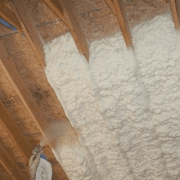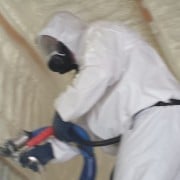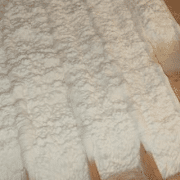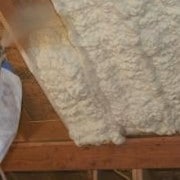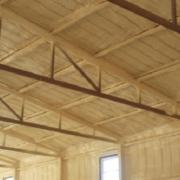Aluminum Foil Tape For Ventilation and Air Conditioning
[ad_1]
You will not find a house that is built without some kind of adhesive tape or foil tape. Wide varieties of tapes are available now for builders and home owners: electric tape, duct tape, foil tape, reinforced tape, or double sided tape. Ready to use, reliable, and convenient for any quick fix, adhesive tapes became part of not only our every day “repair kit”, but also a recommended item to have in the emergency kits. We are accustomed to have varieties of tapes handy, and are used to utilizing them for all kinds of projects and quick repairs. Countless household items, pieces of sport gear, cars and even airplanes are fixed with the help of duct tape, and other adhesive tapes.
Adhesive tapes are used in construction and are well known to professionals. For example, aluminum tape, also called reflective tape, or simply foil tape is a necessary component for installation of ventilation, air conditioning ducts, and other air conditioning components. Whenever insulation facing joints are sealed and glued, another variety of the comes handy. This is so called insulation tape or FSK insulation tape or reinforced tape. Strictly speaking, reinforced tape is a common name, because there are a lot of different types of reinforcements. The common component of reinforced tape is a layer of aluminum foil that can be supported with fiberglass mesh, paper, or combination of these two, which will be a popular FSK insulation tape. Fiberglass fabric can also be used for reinforcement, and this foil/fiberglass fabric combination creates a very high quality flame retardant tape that is used for the demanding applications.
Another crucial component of the tape is adhesive. Its properties define how convenient the application will be, how long the tape will stay in place, and what the service and application temperature is. Some adhesives tend to melt before the boiling point, some burn with the heavy black smoke, others may withstand 250oF and higher and will not support burning.
As a result, the good tape is a combination of the good backing material, (for example aluminum foil), and a good adhesive. It may sound a little complicated, so let’s see what other people, non professionals, can say on this matter.
“I’ve used foil tape to fix leaks in the ductwork in my basement. Usually, it’s hot in the winter and cold in the summer (I have an air conditioner too), so my basement was completely useless. I just got five rolls and sealed all leaks in the sheet metal pipes so now the 2nd floor bedrooms are warmer, and my basement became usable. It was a pretty good and cheap solution, so I am pretty happy with the product. I’d recommend it.”
“My laundry dryer vent kept falling from the vent hole, and there was a lot of heat and dust in the laundry. Duct tape and hockey tape didn’t’ work cause the glue melts and it doesn’t hold when the pipe became hot… So I put tape there three years ago and forgot about the problem completely. You’ve got to use the aluminum foil tape for your ventilation. It’s awesome. Usually hockey tape does it, but i choose aluminum foil over it for this problem!”
In all of these examples, the aluminum tape was an excellent choice as it did not lose its shape, or adhesion, and did not deteriorate over time. Despite of the challenging temperature conditions, the tape proved to be a reliable, but simple solution.
[ad_2]


